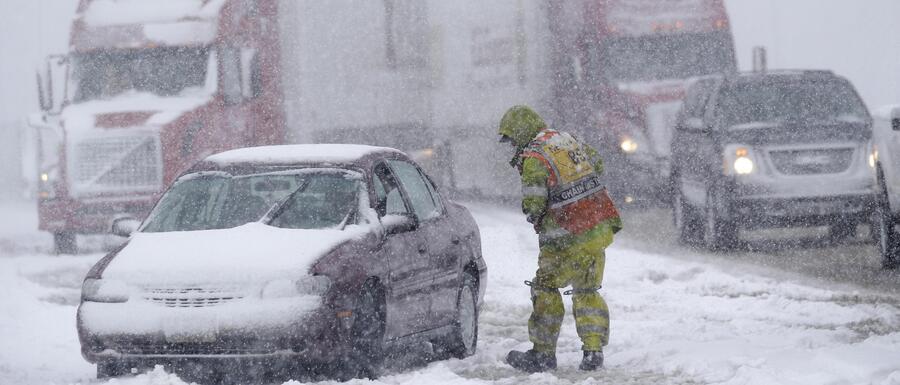Climate change is hitting hard. The Sierra Nevada and part of Interstate 80 in California are facing one of the most violent blizzards in a long time, and coming at the beginning of March, it is even more uncommon.
Around 6.5 million people are under winter weather alerts in the North and, according to utility tractor PowerOutage.us, on Saturday night about 19,000 California houses were without power. Bad weather is seriously impacting the last days of the 2024 winter season with several ski resorts and stores shutting down for the weekend.
The California Highway Patrol office said, “We suggest you stay home, stay warm and do not put yourself and your family in a dangerous position.”
On Saturday, the National Weather Service announced that by late Sunday snow totals were expected to be between 5 and 12 feet, heavier at higher elevations. 100-mph gusting wind mixed with blowing snow was making driving “extremely dangerous to impossible”. In addition, the danger of avalanches was “high to extreme”, so California authorities strongly recommended to avoid the Lake Tahoe area–where around 10 feet of snow were forecast. They also banned traveling on the key East-West freeways to Mammoth Mountain.
On Friday, authorities closed Yosemite National Park in advance of the storm, until Sunday noon.
The main California road Interstate 80, that connects Reno, Nevada to Sacramento, was closed for 75 miles on Friday because strong winds and low visibility provoked many accidents. No word yet on when it will reopen. The same happened on U.S. 395, between Bishop, in Owens Valley and Bridgeport, near Mono Lake, where California Department of Transportation announced the closure of 75 miles “due to multiple spinouts and collisions, as well as whiteout conditions”.
Bad weather is expected to last until next Wednesday at least, with a significantly smaller storm bringing 1 to 2 feet of snow. Southern Nevada, Utah and portions of Western Colorado will be also involved.












